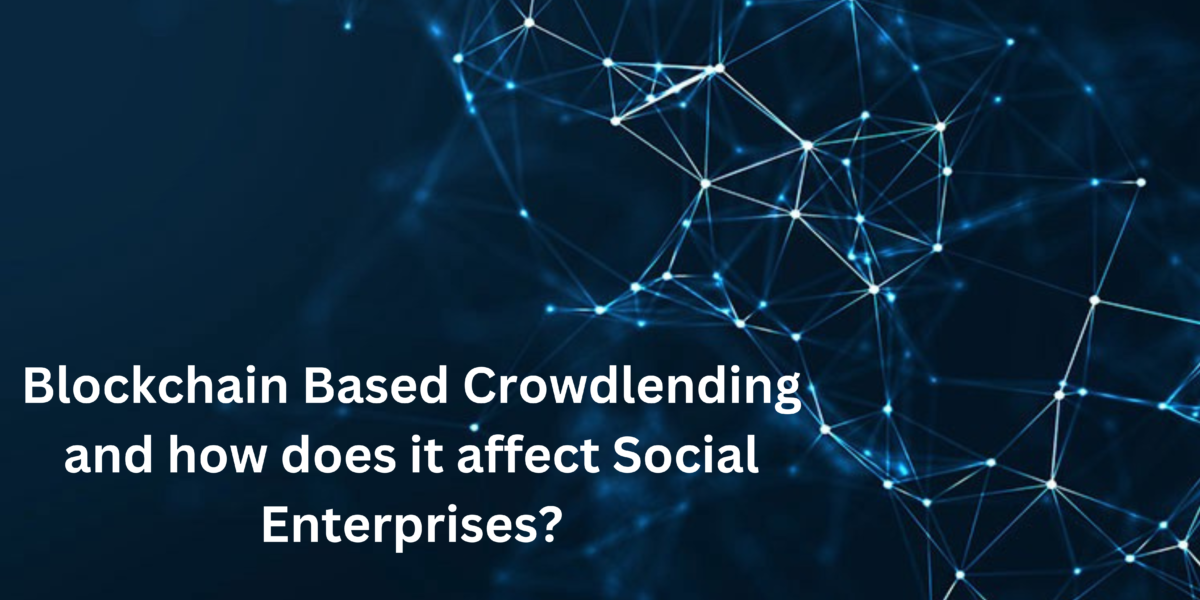“Welcome to our new blog series where we will be posting regularly on topics close to our hearts here at Cambio – anything and everything Social Enterprise, Innovation, Sustainability and beyond. Enjoy.”
Over the past decade, blockchain technology has become nothing short of a revolution. Since having started its journey as the major technology behind bitcoin, blockchain technology has come a long way. Simplistically, a blockchain is a distributed ledger database that is shared amongst the nodes of a blockchain network which maintains a permanent and unalterable record of transactions. Owing to its decentralised, distributed, and immutable nature, blockchains have been integrated into several industries including finance, entrepreneurship, law, music, and so on.
One of the most important programs based on blockchains are smart contracts. These are digitised and automated contracts coded onto a blockchain, which execute themselves as soon as the terms and conditions that have been coded into the smart contract are satisfied. This self-executing nature of smart contracts finds its applications in several areas, one of them being crowdlending. A social enterprise on a regular basis faces several challenges, including the raising and repayment of finance, as well as the balancing of social and non-social objectives. Crowdlending platforms based on blockchain technology could potentially solve these problems faced by social enterprises, by increasing the transparency of transactions and automating the terms and conditions of the loan agreement.
Visualise a situation where a social enterprise is raising capital from an impact investor, whose main goal is to use his capital to bring out a change in the world. The social enterprise has two categories of objectives- one being the social objectives, and the other being survival, profit, and growth. Often, social enterprises find themselves in a situation whereby they compromise on one category to achieve the other, and this often affects the stakeholders, who in this scenario, is the impact investor whose investment goals are being affected by the mission drift.
Using blockchain technology, if the social impact desired by the investor is put into concrete terms and coded into the smart contract along with the lending transaction and its repayment terms, these goals that were hitherto subjective will no longer remain so. Further, owing to this characteristic, the social enterprise may also be able to attract more impact investors. The social enterprise could advertise its financial needs on the blockchain platform, visible to several investors, who would then convey their expectations, and if the enterprise and investor needs are compatible, a smart contract with the details of the transaction would be created, which would then play a crucial role in avoiding potential mission drifts.
A hypothetical model was developed by the FIM Research Centre for Finance and Information Management, whereby specific business objectives, social objectives, and expectations of the investor would be coded into the blockchain in the form of a smart contract. Each smart contract would have a clear role and would be tasked with monitoring the terms and conditions coded. Further, all decisions would be recorded on the immutable blockchain and will be constantly checked in real-time. Anomalies could be easily tracked, and this would result in stakeholders feeling confident that they no longer have to rely on social enterprises to execute decisions on their behalf. All in all, the application of blockchain technology would stabilise enterprise objectives and also help them become more attractive as an investment to investors.
However, will it eradicate the existing problems by creating newer ones associated with its inherent characteristics?
